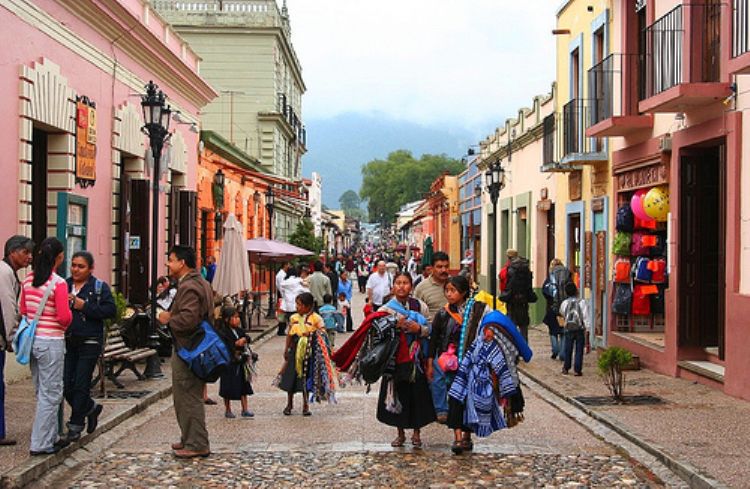
Dear Blog Readers—
On Friday I will be traveling on the Papal Plane to Mexico (with a brief stop in Cuba) for AP Television. The Associated Press will have a four-person team on board. I will be working with Video-Journalist Paolo Santalucia, AP Rome Bureau Chief Nicole Winfield for AP wire and Gregorio Borgia for AP photo.
The trip promises to be intense, chock-a-block with visually powerful events and significant meetings. The first important meeting will be in Havana, Cuba where we will stop for three hours on the way to Mexico City so the Pope can have an historic encounter with Patriarch Kirill, head of the Russian Orthodox Church. I will add some comments on that at the end because I prefer to begin with Mexico.
A Papal trip to Mexico is not a novelty. Pope John Paul II visited Mexico five times and Benedict XVI visited once. Pope Francis, as the first Latin American Pope, is determined to put his own stamp on his visit, going to places the other Popes did not see and reaching out as he says to “peripheries”—I want to call it the ragged edges.
The focus of the trip will be migrants, indigenous peoples, the poor and victims of violence. The Pope is intent on connecting with the marginalized and will lunch with indigenous families in Chiapas and visit with prisoners in Ciudad Juarez, but he will also be witness to complicated problems that have stymied the Catholic Church in Mexico: government corruption, vigilantes and a folk saint.
Mexico has a population of nearly 120 million people and over 80 percent of them are Catholic making it the second largest Catholic country in the world after Brazil. (Data from CIA Factbook 2016)
In the 1520s, fast on the heels of the Spanish conquistadores, Franciscans, Dominicans and Jesuits began to arrive from Spain to begin the evangelization of the indigenous people who initially were not keen on accepting this new faith. A big turning point in their efforts was on December 9, 1531 when, according to legend, a 57-year-old Aztec peasant named Juan Diego was walking through the hills of Tepayac (near what is now Mexico City) and he came across a beautiful light brown-skinned woman dressed as an Aztec princess and appearing in a ring of golden light. Speaking in his native language, she told him she was the Virgin Mary and urged him to go to the bishop and have a church built on the spot. Juan Diego didn’t have an easy time convincing the bishop of the apparition and he demanded that the peasant provide him with some proof.
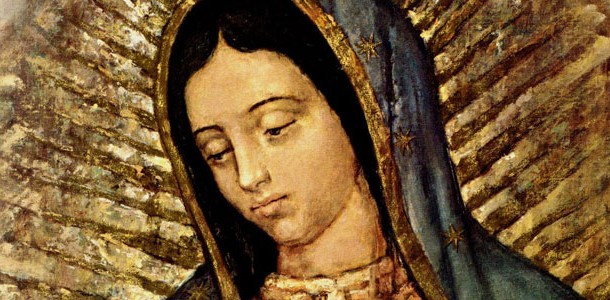
Juan Diego went back to the hilltop where the Virgin said she was “Our Lady of Guadalupe” and told him “Am I not your Mother? Do not fear, the bishop will have his sign.” She then asked him to gather up some Castilian Roses and bring them in his cape to the bishop. The peasant put the roses in his tilma– a poncho made of cactus fiber and brought them to the bishop. When Juan Diego brought the tilma to the bishop, he opened the cloak and on the tilma was the image of the Virgin as Diego had described her.
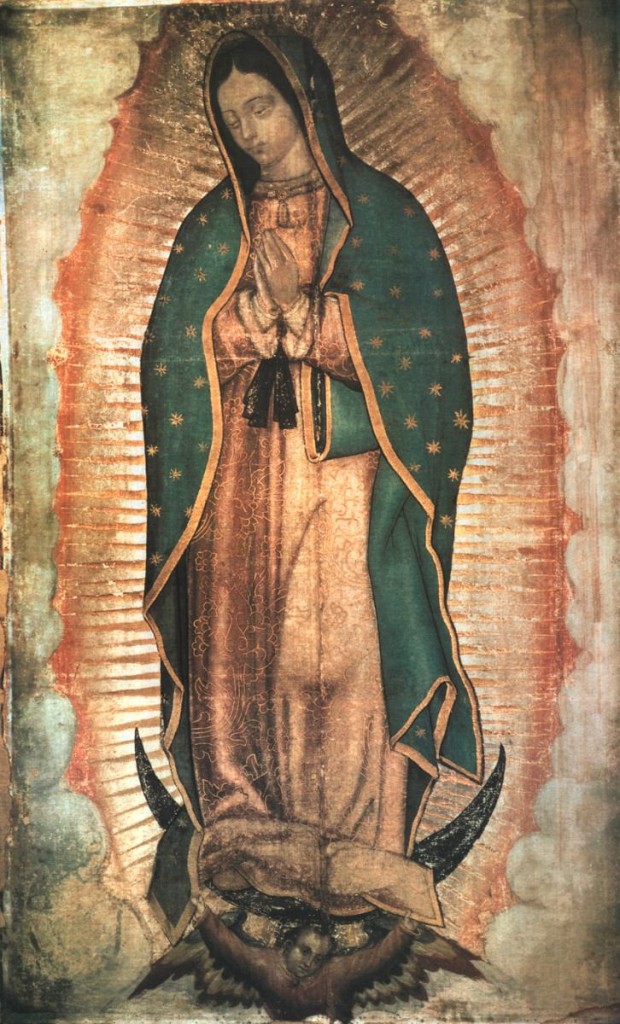
According to various sources, within years of the appearance of “Our Lady of Guadalupe” millions of indigenous people had converted to Catholicism.
“Our Lady of Guadalupe” is the Patron Saint of Mexico and every year some 50,000 Catholics make the pilgrimage to the Basilica of “Our Lady of Guadalupe” on the outskirts of Mexico City where the tilma is on display.
On his first full day in Mexico City the Pope is expected to make two important speeches. According to the Papal spokesman, the first will be a “political” speech to government officials at the National Palace. He will meet with the current president Enrique Peña Nieto of the PRI party. Friends who live in Mexico tell me that the good-looking Peña Nieto and his glamorous soap star wife are not popular among most Mexicans. They say Mexicans hoped he would reform the country and bring down the levels of violence and instead violence has not diminished and his government has had its share of corruption scandals. The most dramatic incident of violence has been the disappearance in Guerrero State of 43 college students, carted off by police and drug cartel goons in September 2014. On a personal level, Mexicans have been disappointed over the “White House Scandal” involving a $7 million mansion bought by the President’s wife. The Pope never directly criticizes leaders he meets but I will be curious to see if he mentions the disappearance of the students since violence is expected to be a theme of this trip. (See Blog Post: Pope Francis in Turkey – Post 1)
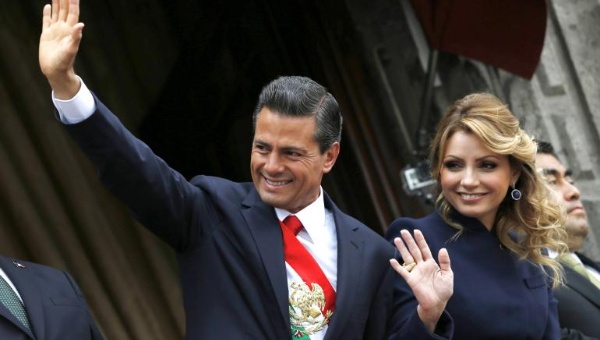
His visit to the government officials will be followed by an “important” speech to the Mexican bishops in the Cathedral in Mexico City. It will be interesting to see if in this speech the Pope might mention or even allude to the squalid scandal involving the prominent Mexican religious order, the Legionnaires of Christ. The disgraced founder Father Marcial Maciel, a pedophile and womanizer, was dismissed by Pope Benedict XVI in 2006- the order has faced many law suits since then.
In the afternoon Pope Francis will go to the Basilica of “Our Lady of Guadalupe” to say Mass. The Pope’s spokesman said the Pope plans to bring a “diadem” for the Virgin and will be left alone with her in the “camarin”.
(Note: The Pope did the same thing with “Our Lady of Charity” the Patron Saint of Cuba during his visit there in September 2015. See Blog Post: Hopes, Dreams and Humidity with Pope Francis in Cuba.”)
Last week the Pope gave responses on video to questions posed to him by Mexican people through the Mexican news agency Notimex. He spoke at length about “Our Lady of Guadalupe” describing her as a “mother who cares, protects and leads.” He then asked the Mexican people to grant him a moment alone before her image.
According to his spokesman, the Pope will make most of his trips on the first day in open Popemobiles. This includes a 14 kilometer drive from the Nunciature (the residence of the Papal Nuncio, or Ambassador) where he will be staying to the National Palace and a 16 kilometer drive to the Basilica of Our Lady of Guadalupe. There will be five Popemobiles, two arriving from the US and three prepared in Mexico. A statement by Archbishop Christophe PIerre, the Apostolic Nuncio in Mexico City (the equivalent of a Papal Ambassador) indicated that two will be Jeep Wranglers, and three will be Dodge Rams. When he is not going around in a Popemobile the Pope will use black Fiat 500Ls. Pierre said that the Pope will travel a total of about 400 kilometers in various Popemobiles during his six-day visit.
On his second full day in Mexico, Pope Francis will visit Ecatepec which, I am told, is a sprawling, poor, dirty, violent suburb of Mexico City where masses of hardworking, poor Mexicans live. Most of them commute for hours every day to jobs in the wealthier center. Here the Pope will find many devout Catholics trying to survive and make ends meet in a slum plagued with crime and violence.
“Our Lady of Guadelupe” has been getting some serious competition in recent years from a Folk Saint known as the Santa Muerte, represented by a female skeleton in a long dress grasping a scythe. She is considered to be the Goddess of Death who can grant wishes, answer prayers and make miracles. She looks a lot like the grim reaper. The Santa Muerte has grown so popular among Mexicans with millions of devotees, many among the drug cartels, that it has earned the wrath of the Catholic Church. Cardinal Gianfranco Ravasi, President of the Pontifical Council for Culture called the Santa Muerte “blasphemy against religion.” The Cardinal was particularly disturbed by the use of the religion by drug cartels. Mexicans use similar rituals with the Santa Muerte that Catholics do with saints, covering the figure with candles, prayers, jewels, flowers and notes. The Santa Muerte even made an appearance in the season 3 premiere of the popular American TV series “Breaking Bad.” There is a Santa Muerte monument on the outskirts of Mexico City, but I think we can exclude the possibility of Pope Francis swinging by in his Popemobile. I am wondering though if we might see some signs of the Santa Muerte on the visit to Ecatapec.
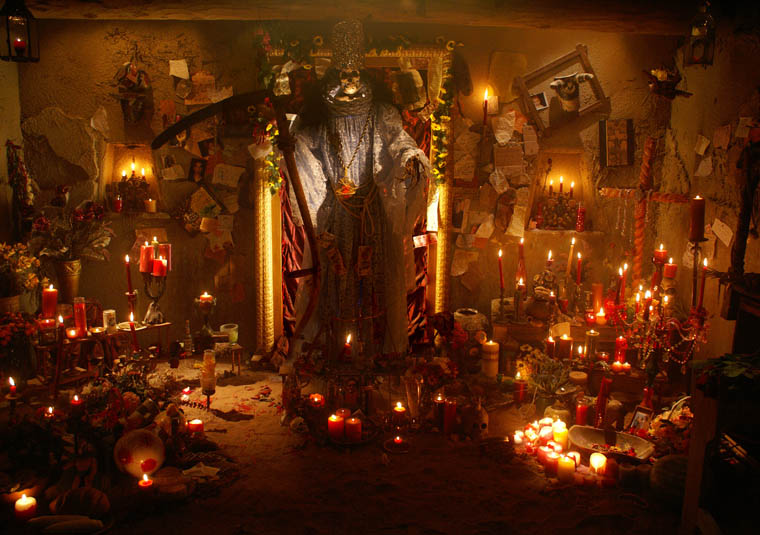
On his third day in Mexico, the Pope will travel to Chiapas for a day dedicated to the indigenous populations. The Chiapas area of Mexico is the southernmost region, which borders Guatemala.
The Pope’s Spokesman, Father Lombardi, said the principal purpose for Pope Francis’ visit there is to meet with the indigenous people, but he is also interested in the question of migration. Many migrants from Latin America travel up through the southern border Mexico shares with Guatemala and pass through Mexico to reach the US.
A report in this week’s New York Times titled “A Dangerous Journey Through Mexico” documents the hazardous journey migrants from Central America make through Mexico. According to the article, the Obama administration put intense pressure on the Mexican government to slow the passage of migrants through Mexico to the US. As a result, the government launched “Plan Frontera Sur” to block the migrants and send them back home.
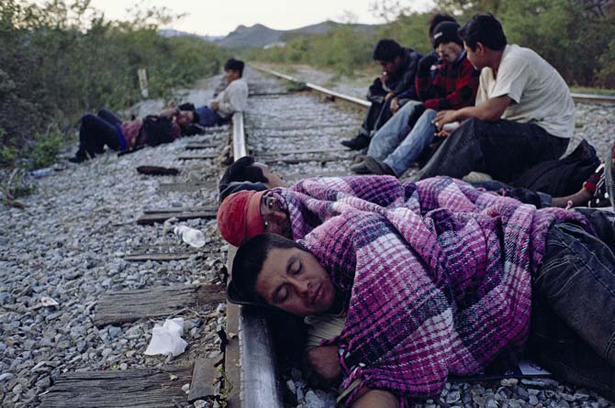
The website www.insightcrime.org reported that the “Plan Frontera Sur” “led to a 71 percent increase in apprehensions of Central American migrants between July 2014 and June 2015, compared to the same period in the previous year.” In addition, the Washington Office on Latin America, a non–profit human rights group, reported increases in robbery, kidnapping, sexual assault, murder and human trafficking.
Amnesty International World Report for 2015 stated, “Insecurity and social deprivation in their home countries drove increasing numbers of Central American migrants to cross Mexico to reach the USA, particularly unaccompanied children. Migrants continued to be killed, abducted and subject to extortion by criminal gangs, often operating in collusion with public officials. Women and children were particularly vulnerable to sexual violence and people trafficking.”
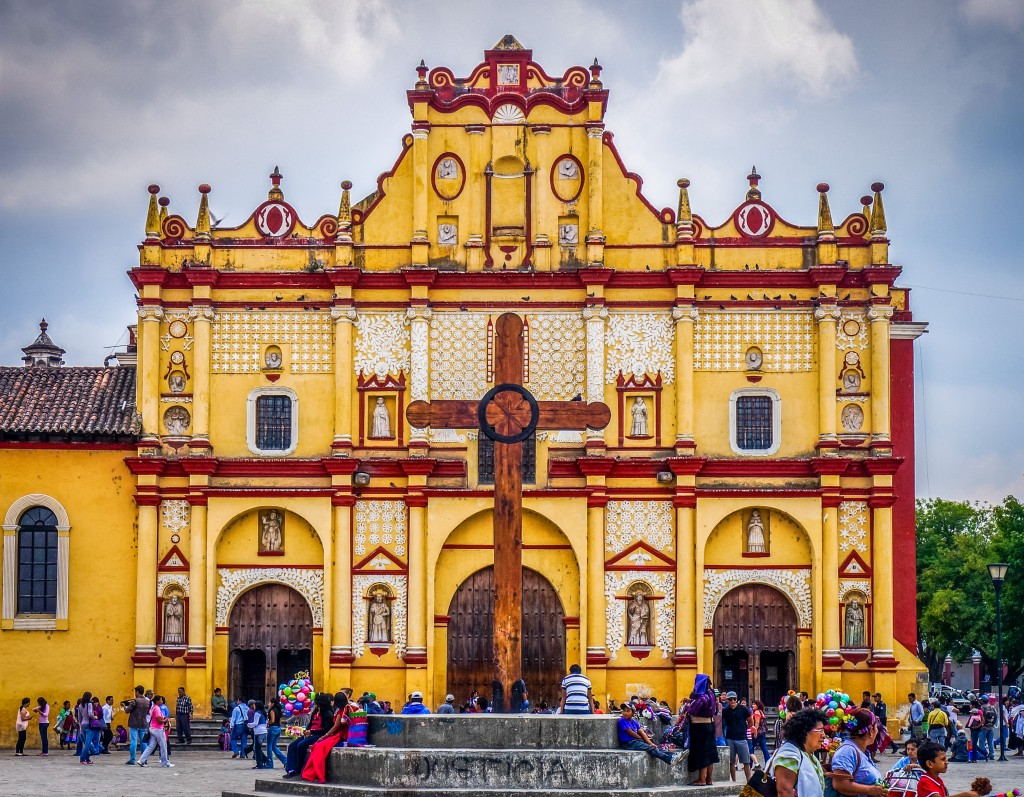
On arriving in Chiapas the Pope will hold Mass with indigenous groups in San Cristóbal de Las Casas at the municipal sport center that fits seven thousand people. The Pope will issue a decree authorizing the use of the indigenous languages in the Catholic liturgy and during the Mass these languages will be used in songs and readings. Following the Mass the Pope will have lunch with eight indigenous families.
While in Chiapas, the Pope will visit the Cathedral of San Cristóbal de Las Casas. The town is named after Mexico’s first bishop, Domenican Friar Bartolomé de Las Casas. Bartolomé de Las Casas went to Mexico to convert the native peoples and eventually became their most outspoken defender, denouncing European abuse and oppression and calling for the abolition of slavery. He wrote “History of the Indies”, an account of Spanish abuse in the region and “A Short Account of the Destruction of the Indies” in which he said, “The reason why the Christians have killed and destroyed such an infinite number of souls is that they have been moved by their wish for gold and their desire to enrich themselves in a very short time.”
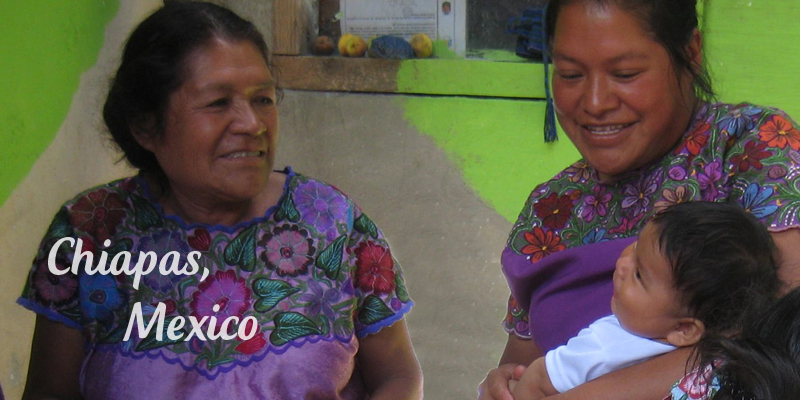
Credit: www.natik.org
There is another more modern bishop who may get some attention while the Pope is in Chiapas and that is Bishop Samuel Ruiz García. García, who died in 2011, was a local bishop who championed the rights of the indigenous Maya and helped mediate with the Zapatista Army of National Liberation, led by Subcomandante Marcos. He was also a liberation theologian. Interestingly, he spoke three of the indigenous languages used in the area and sent catechists out to the jungle areas to hold mass among the indigenous people. Ruiz ran into some difficulties with the Vatican in 1993 under Pope John Paul II who was a fierce opponent of Liberation Theology. Under Pope Francis liberation theologians have been received at the Vatican and have even been encouraged. The Pope’s spokesman was asked if Francis would pray on Bishop Ruiz García’s tomb when he is in the Cathedral of San Cristobal and he said, “It is not on his schedule, but it is possible.”
The final two days of his visit to Mexico, the Pope will dedicate to visiting areas badly afflicted with violence and still under influence and control by powerful drug cartels. On Tuesday, February 16, he will fly to Morelia, the capital of the Michoacán state. There he will hold a Mass with priests, nuns and seminarians and have a meeting with young people.
In February 2013 farmers and ranchers in Michoacán got together and formed armed vigilante squads to combat the powerful Knight’s Templar drug cartel. But last December a Chief Prosecutor of the State said drug traffickers and criminals have infiltrated these vigilante groups. I am not clear on what the current situation is there now or what role the church has played. Initially the Bishop Miguel Patiño Velasquez of Apatzingán denounced the drug cartels using names and encouraged the vigilantes.
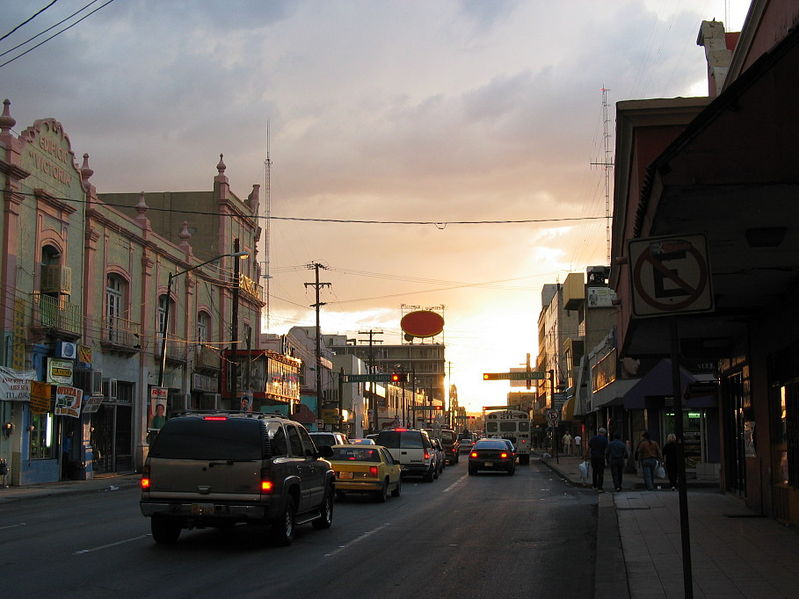
The last stop for Pope Francis will be the border town of Ciudad Juarez, once known as the murder capital of the world and in the past believed to be run by drug traffickers who use the city as a point of entry for drugs into the United States.
Today National Catholic Reporter published an interesting article about the city and migration written by Soli Salgado and titled “Juárez Still Troubled, but has “A Lot of Hope” In it she writes, “It’s a city notorious for a recent four-year battle among local cartels, which resulted in more than 10,000 killings, and a city where hundreds of women were either murdered or disappeared in the early ’90s.”
The situation has improved enough there that Pope Francis feels comfortable visiting the CeReSo N. 3 prison. The CeReSo N. 3 prison jumped to the headlines in 2009 when 20 people died and many others were injured during a prison riot pitting two rival gangs against each other. The Barrio Aztecas and Los Mexicles gangs representing the Juarez and and Sinaloa Cartels. (El Chapo Guzmán – the cartel leader arrested shortly after his interview with Sean Penn– is head of the Sinaloa Cartel)
According to Human Rights Watch World Report for 2015, the situation in Mexico’s prisons remains disastrous. “Prisons are overpopulated, unhygienic, and fail to provide basic security for most inmates… In the majority of prisons, the inmate population is controlled by organized crime, and corruption and violence are rampant.”
The Pope’s spokesman told reporters last week that there are currently 3,000 detainees in the Cereso N. 3 Prison and the Pope will meet with 700 of them in the prison chapel. He is hoping to greet many of them individually. AP Television should be in the pool at this event and I am eager to see the inside of this prison and hear what the prisoners say to the Pope. (I wonder how it will compare to his prison visit in the US. See Blog post: Hacks in Black: On the Papal Plane with Pope Francis)
The final event of the Pope’s trip will be a Mass in the Ciudad Juarez fairgrounds. The spokesman explained that the altar will be placed 80 meters from the border fence and that the church is expecting some 50,000 people to participate in the Mass from the El Paso, Texas side of the border and even more people on the Mexico side. At the beginning of the Mass the Pope will drive by the fence in the Popemobile and stop to greet people on the other side of the border. When asked for more details of how this cross-border Mass is going to work Father Lombardi noted, “it is not the Great Wall of China, it is just a fence.” (By the way, Pope Francis seems to be making of habit of walls and fences. See Blog Post: Touching the Walls – Pope Francis in the Mideast)
There will be various groups who have been victims of violence including relatives of the 43 missing students from Guerrero State attending the Mass, but the Pope’s spokesman said it is unlikely that he will have time to meet with anyone individually.
At 7:15pm on Wednesday, February 17th the Papal Plane will depart from Ciudad Juarez for Rome. After a demanding trip, the Pope and all of us journalists will have to move into high gear for the in-flight press conference. There will be plenty of questions to ask him relating to the trip and his efforts to reach the ragged edges– migrants, violence, drug traffickers, Santa Muerta, vigilantes and the difficulties of Mexico’s indigenous peoples. I will do a second post on the trip when I get back.
****************************************************************************************************
As I mentioned at the top of the post, the Vatican has added an extra leg on to this trip making a three-hour stop in Havana, Cuba enroute to Mexico to allow Pope Francis to have an historic meeting with the Patriarch of the Russian Orthodox Church Kirill. The two men are supposed to sign an agreement that will be an historic moment in bringing an end to the 1,000-year schism between the two churches. Kirill is the leader of the roughly 200 million Russian orthodox Christians and the Pope is the leader of the 1.2 billion Catholics in the world. The two men are expected to be talking about the situation in Syria and the violence against Christians in the Middle East. The meeting will take place at the Havana airport with Cuban President Raul Castro playing host. The journalists traveling with the Pope will be left hanging out in a airport lounge that will have been set up as a press center.
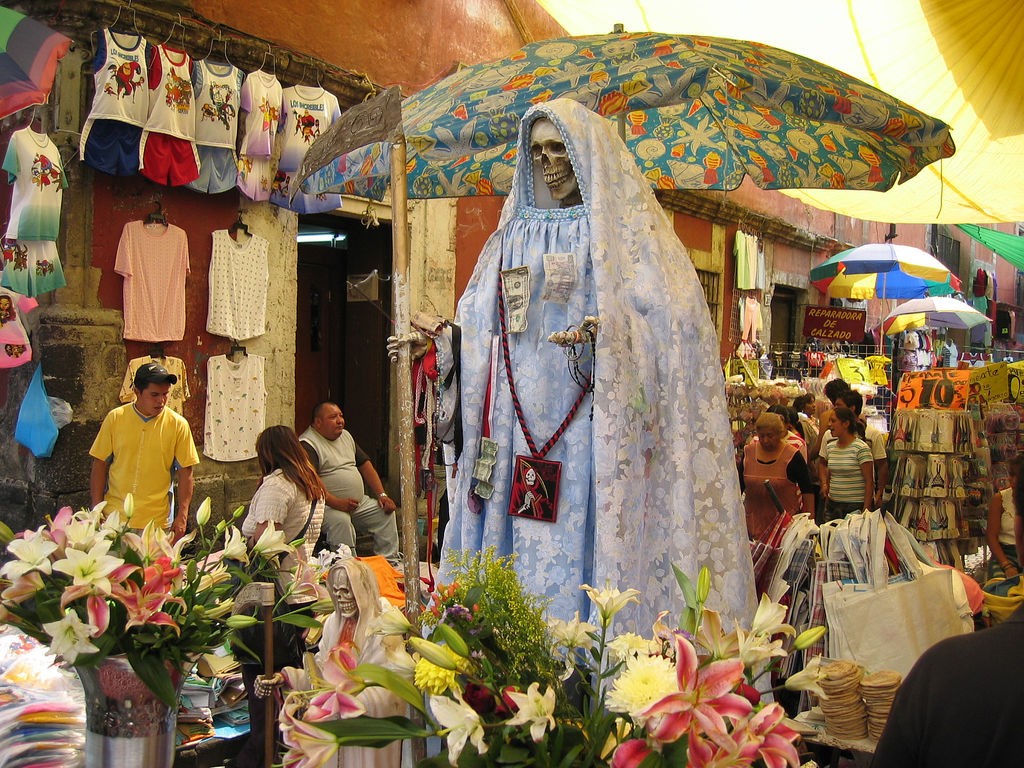
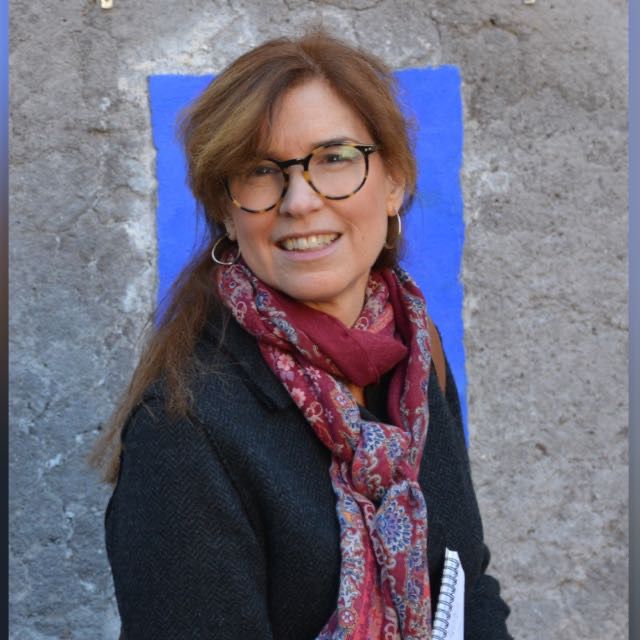
have a good trip and I look forward to your invariably interesting posts – you know where I stand on organised religion and this pope’s history re: Liberation Theology and the young priests he sold out to the military junta in his home country.
I too look forward to reading your reports on this trip. My hope for you and all is a safe and successful time.
Joan
Thank you Joan — it should be very exciting and interesting. Actually it already is. I am sitting in the airport in Havana while the Pope is meeting with Patriarch Kirill in the next room. Got great shots of him on the Papal Plane trying on a sombrero given to him by Valentina Alzaraki of Televisa who has been traveling on every Papal trip since 1979 and has given sombreros to John Paul II, Benedict XVI and now Francis.
So interested in your post so on this trip especially, Trisha, as I was all set for U.S. coverage of Cuba at long last back when Monica Lewinsky’s and Bill Clinton’s antics brought ALL the US reporters back to DC and we lost the chance of some Cuba coverage. Your insights and observations are precious here–thank you so much!
Wendy
Thank you Wendy. There is just so much to write about it is going to take me a few days.